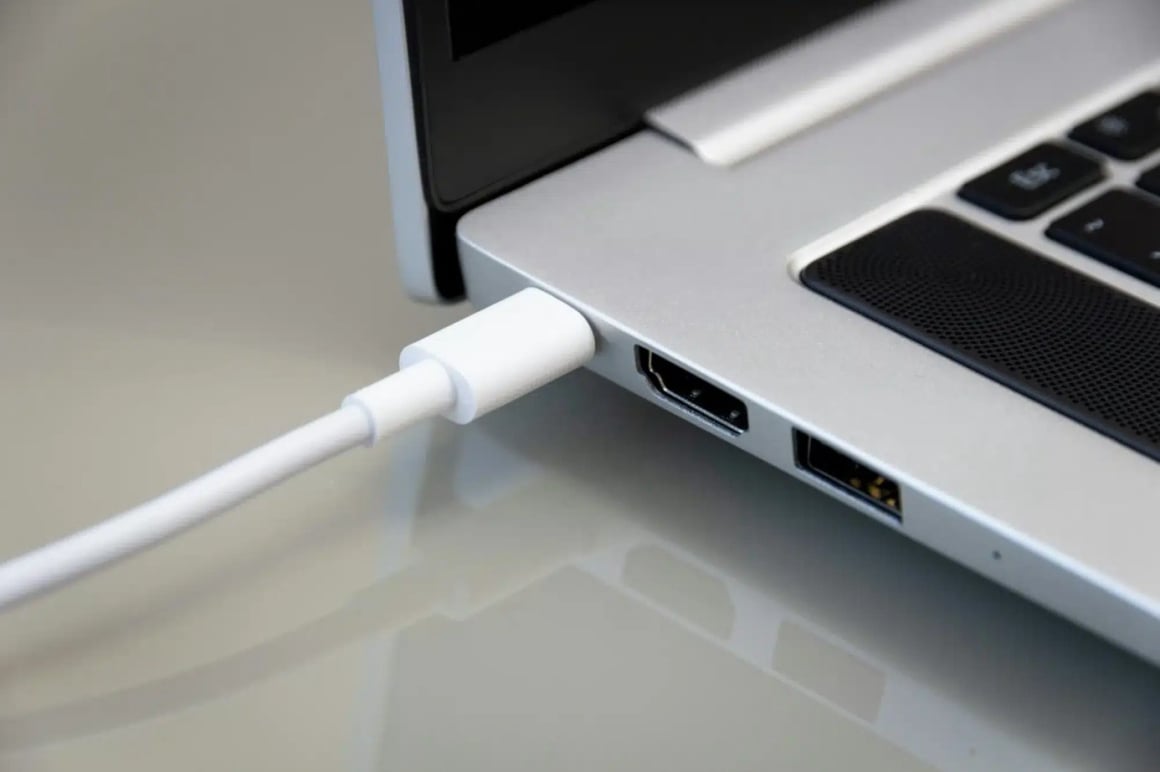Hardware Check: Diagnosing a Physical laptop usb c port not working
When you've ruled out software issues, a laptop usb c port not working often points to a physical hardware problem. Unlike the classic laptop usb problem with larger USB-A ports, the compact and reversible USB-C design has its own unique failure points. Diagnosing a physical fault requires a careful and systematic inspection, as the issues can range from easily visible damage to subtle internal defects. This guide will help you safely perform a visual and physical inspection to determine the root cause of the hardware failure, saving you from unnecessary software troubleshooting.
Begin with a thorough visual inspection under a bright light. Examine the USB-C port closely for any obvious signs of damage. Look for bent, misaligned, or missing pins inside the port's central tongue. Check for any foreign debris like lint, pocket dust, or small pieces of plastic that could be preventing a proper connection. Compare the port to a known working one on your laptop, if available; they should look identical. This initial check can quickly reveal if a simple obstruction is causing the laptop not recognizing usb device error.
The next step is to carefully clean the port, as accumulated debris is a common culprit. Power off the laptop completely to avoid short circuits. Use a can of compressed air to blow out any loose dust and particles. For stubborn debris, you can gently use a non-metallic tool, such as a plastic toothpick or a nylon spudger. Be extremely careful not to scrape against or bend the delicate pins inside the port. A clean port might immediately resolve the laptop usb not working issue if the problem was poor physical contact.
Now, perform a physical connectivity test. Gently insert a known-good USB-C cable and pay close attention to the feeling. The connection should be snug but not forced. Does the plug feel loose and wobbly, or does it not "click" into place securely? A loose fit often indicates that the port's housing has become unsecured from the motherboard or is physically worn out. This kind of damage directly leads to an intermittent connection, where the device is sometimes recognized and other times results in a usb not recognised laptop message.
If the port seems physically intact, the issue may lie deeper. A loose internal cable connecting a daughterboard (if the port is on a separate board) or a cracked solder joint on the motherboard itself could be the cause. These problems require you to open the laptop's chassis. If you are comfortable doing so, you can check that the internal connector is seated properly. However, this is a more advanced step and carries risk. A broken solder joint is not always visible to the naked eye but can cause a complete failure where the laptop usb c port not working is permanent.
After your inspection, you should have a clearer idea of the problem. If you found and removed debris and the port now works, the issue is resolved. If you see bent pins, severe physical damage, or a loose internal connection, the port will likely need professional repair or replacement. Diagnosing a physical laptop usb not working fault is about careful observation. Identifying the exact type of damage is the most critical step before attempting any repair, such as the port replacement detailed in our next guide.
